Instagram vs Facebook: Which one is the best for your Social media marketing campaign?
If you are using a Facebook or Instagram account (or both) to reach your audience and generate more sales, then you must wonder what the differences between the two social networks are and which one is better.
This article will help you to find out by clarifying a comparison between Facebook and Instagram and demonstrating how to maximize the effect of Instagram marketing. Instagram vs Facebook: Which one is the best for your Social media marketing campaign? Read this carefully till the end and you can have a simple answer for yourself.
Let’s get started right now!
Related Posts:
- How to Add Social Media to Shopify
- How to Promote Shopify Store on Facebook
- Using Instagram for Business: Attract Customers with Visual Content
Overview
An overview of Instagram and Facebook
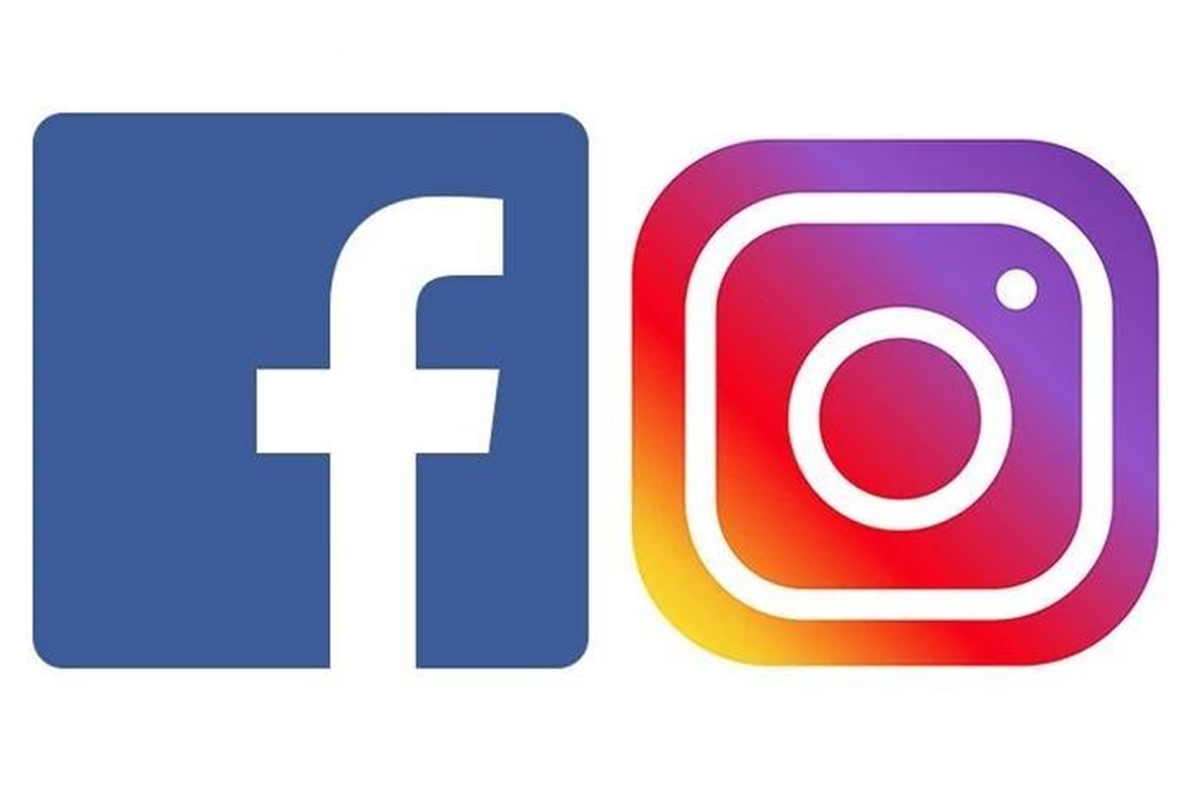
Facebook is a website for social networking, where users can post comments, share photos, post links, news, or other informative web content, chat live, and watch short-form video. If you want, you can even order food on this network. You can share content with the public, or you can choose to share it with a group of friends or family, or even with an individual.
Instagram is like a simplified Facebook version, with a strong focus on mobile use and visual sharing. You can connect with other Instagram users by following them, being followed by them, commenting, liking, tagging, and private messaging like many other social networks. If you find an interesting photo on Instagram, you can always save it.
Social media marketing overview
Social Media Marketing is Expansive
Presently, Facebook reports approximately 2 billion monthly users, while Instagram has 700 million monthly users and is prọected to attract another 100 million half-yearly. That is nearly one-third of the population in the world, and the figure of users has been witnessing daily growth. More specifically, unless your target customer is a Luddite -a person opposed to new technology or ways of working or lives the countries that ban Facebook and Instagram including China, North Korea, or Iran, they will join these networks soon.
However, you should not be intimidated by the extensive global scale of social media. You can choose to narrow the scope of your ad campaigns by gender, keywords, interests, and region. Therefore, even if you are a local company doing business within a specific zip code, social media ads can assist you in finding potential customers who are willing to pay a premium.
Note that marketing to everyone may be wrong. You should set your target customers’ appropriate age, gender, and geography demographics before initiating your ad campaign.
Social Media Marketing is Easy to Use
Within only a few minutes, you can create a marketing campaign on Facebook or Instagram. In 2012, Facebook purchased Instagram, and from the Ads Manager page, you can set up ad campaigns for both platforms.
If you find the standard setup process to be burdensome, then you can use the “Quick Creation” button. Even if you are having a limited budget, it will not be a big deal. Normally, you can run an effective ad campaign for mere pennies per click. If you are doing business in more competitive markets, then you may need to invest more. Both platforms enable you to set a limit on the amount spent each day so that you can monitor the velocity of your money outflow.
If you are financially ready, you can hire an agency to run your ad campaigns for you. A reliable agency has all the necessary expertise to make sure the ads are visually engaging and attract the attention of your target demographic. Thus, they can help improve your ROI.
We recommend that you should get the most out of Facebook because it offers free ad credit for first-time users. Read the rest of this article carefully and apply the theory to your first ad campaign.
Instagram vs Facebook: Comparison
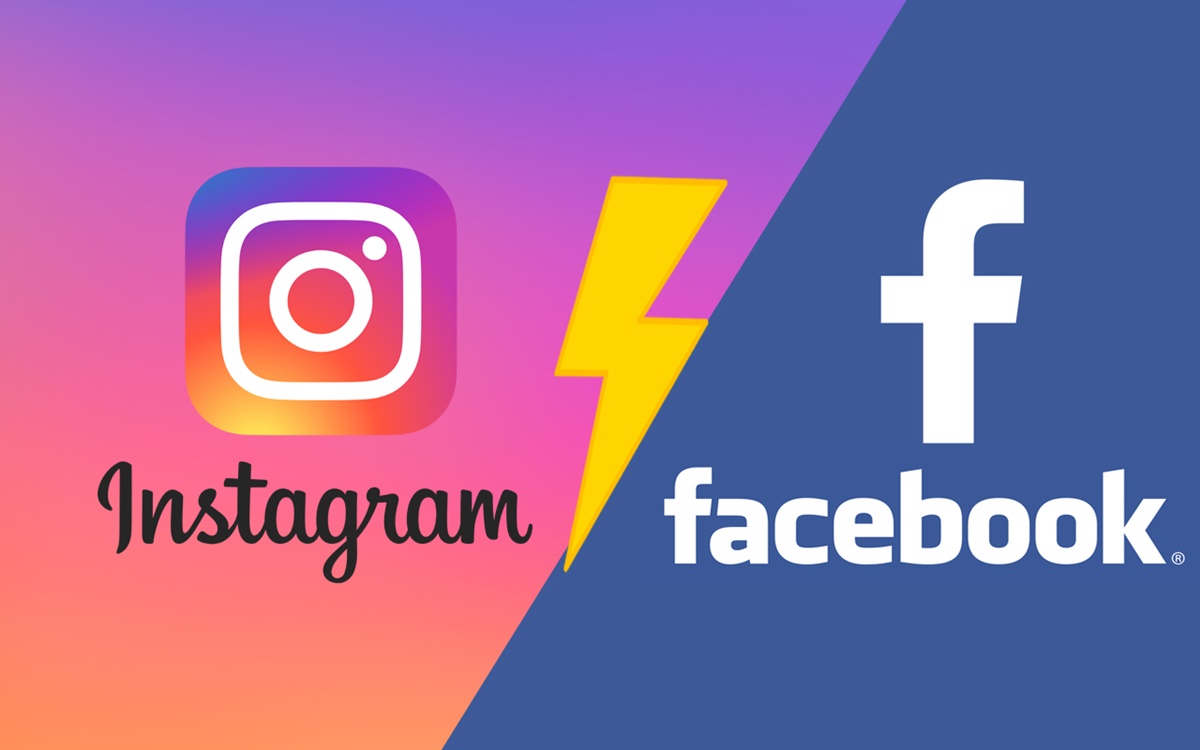
The algorithm
The algorithm for a social media feed means the actual code that decides which posts the users will see and what sequence the posts will appear. You used to view the chronological feeds where the posts appear in the sequence they were published. However, if you follow a high number of accounts, this organization structure may not scale properly.
Thus, social media channels employ algorithms to offer you a more satisfying experience, in which you can see more posts you enjoy and less of unfavorite people’s meaningless ones. Yet, concerning their altruism, you should not completely appraise these networks — the algorithm also offers them significant influence over their advertising campaigns.
If you can assume, this is not an exact science, and when deciding the best parameters by which to arrange their feeds, every social media channel has to attempt to guess something when you have no information or knowledge about it. Therefore, there is a difference between Facebook marketing and Instagram marketing.
Well, let’s see, for marketing, what does Instagram’s algorithm perform better? The actual algorithms are undisclosed trade secrets. However, both the Facebook and Instagram algorithms were investigated by Alfred Lua of Buffer, and several presumptions proved correct when verified.
Let’s dig in more about the factors which decide the rank of a specific (non-advertisement) post on Facebook or Instagram. First of all, we will take a look at the factors which affect Facebook’s algorithms:
- Comments:
The posts that people have not been commenting or interacting will be ignored from the timeline shortly.
- Friends and family:
Posts from individuals the user personally knows are higher-ranked. It is particularly critical as it implies that posts from brands are demoted.
- Encouraging engagement:
Posts that are potentially prone to a conversation are ranked higher.
- Images and videos:
The higher ranked posts are visual, while the lower ones are text-only.
- Reactions:
Facebook tends to emphasize the posts judging by the reactions they are getting. As in life, “loving” is a more valued emotional expression than “liking.”
- Sharing links over messenger:
Among the interactions, sharing links over messenger may be most significant. It is like when the user shares that content to their wall, sharing with their friends makes sense, too.
- Bait is demoted:
The lower-ranked posts are the posts that actively bait for likes, shares, comments, votes, or tags.
- Promotional posts are demoted:
Demoted posts are the ones that try to pressure people into purchasing a product/service or entering a contest. Facebook also reviews text against verified ads and demotes unauthorized ones.
In terms of the factors affecting the algorithm of Instagram, let’s take a look:
- Engagement:
The number of hearts and comments on each post.
- Interest:
Your Instagram page will be overwhelmed with the same type of content you have been previously interested in.
- Timeliness:
How recently the post was published, with prioritization for the new posts over the old ones. In other words, more recent posts are ranked higher.
- Time spent on post:
The time spent taking a look (not browsing) at a post.
- Relationship:
This is a unique aspect because the content will rely on your relationship with the person who created the post, including the frequency of your liking, tagging, or commenting on their posts. In other words, the higher-ranked posts are the posts from accounts that the user interacts with more regularly.
- Relevancy:
Are the genres of the posts relevant to the user?
- Direct shares:
The higher ranked posts are the posts from accounts the user directly shares with their friends, and any individual who gets the shared posts will receive a rank boost on their posts.
Statistic
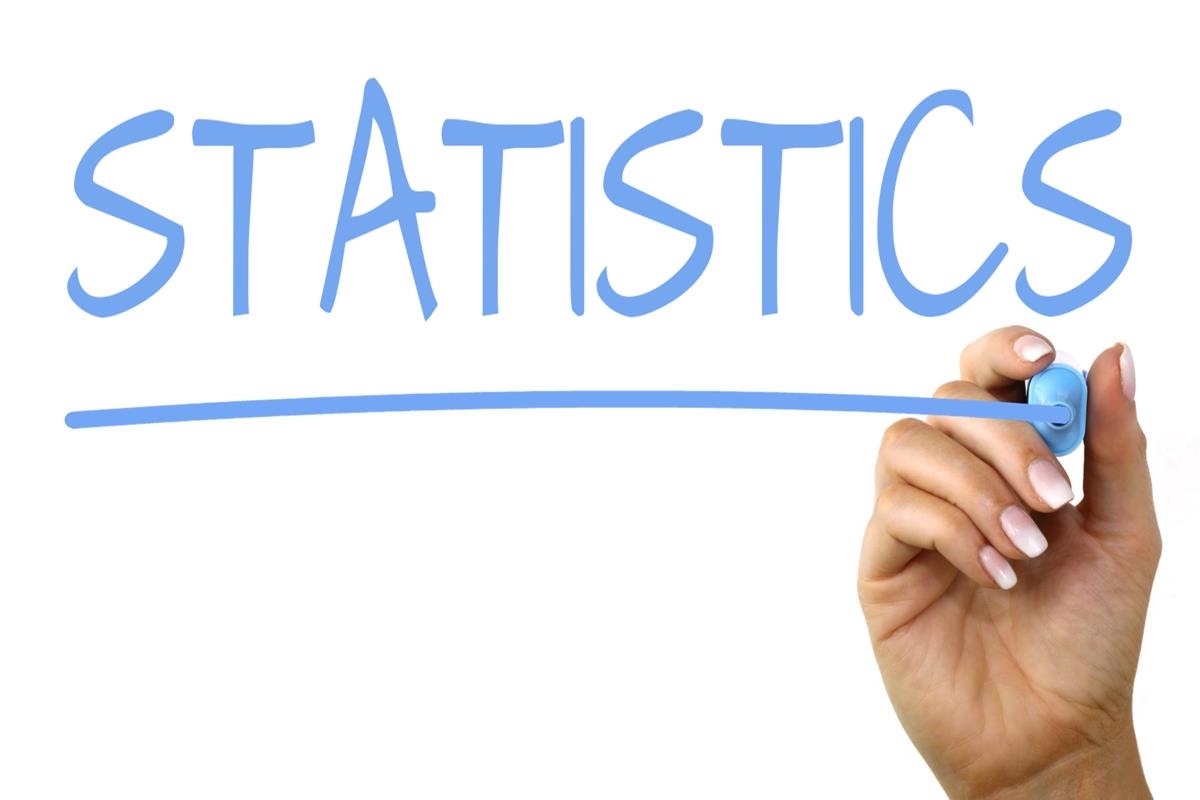
Whereas the trial run of Facebook may give it an edge concerning user base and popularity, the popularity of Instagram has been incredibly high and keeps going up.
First, let’s take a look at the statistics for Facebook:
- Nearly 2.5 billion monthly active users.
- 98% of active user accounts accessed the social network via a mobile device.
- 40% of users stated that they watch the most videos on Facebook.
- 65 million small businesses have Facebook Pages.
- 89% of marketers claim that they have been taking advantage of Facebook as one of their brand’s social strategies.
For Instagram’s statistics, let’s check it out:
- In June 2018, Instagram had reached one billion monthly active users, up from 800 million in September 2017.
- Instagram had reached 500 million daily active users, up from 150 million in January 2017.
- 37% of US Internet users are on Instagram
- 60% of Instagram users visit the platform every day
- 65% of marketers claim that they have been taking advantage of Instagram as one of their brand’s social strategies
From the figures above, you can conclude that even though Instagram’s stats are striking, they can not surpass those of Facebook, especially regarding engagement. Instagram’s users can engage with the visual content brands share on this platform. On the contrary, given those massive figures from Facebook, small businesses feel compelled to create a Facebook Page even though they do not involve in it. Facebook has become a staple in the marketing field of social media.
Target audiences
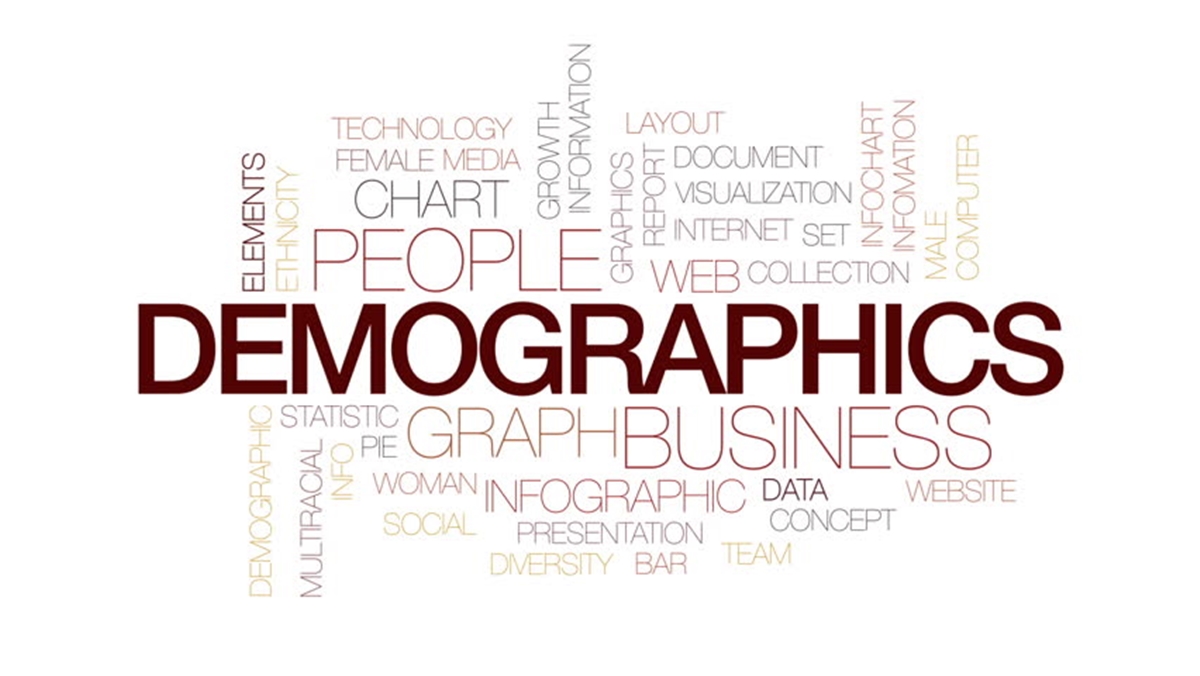
Initiating a social media strategy may be daunting; however, if you understand demographic data, then the task of social media planning can become easier.
Creating a strategy for social media can be difficult, but understanding demographic data will make preparing for social media substantially easier. The following graphics will remind you of key demographics of the market between the two channels in order eventually to help you build your plan.
One of the first discrepancies which pop out is the younger user base of Instagram. The broader group of active users is younger according to the results, whereas the older age groups are not as engaged. Many Instagram users are under 30, and many of them are teenagers. A partial explanation is the eagerness of the younger consumers to be onto the next trend very soon.
These days we are beginning to see new social networks coming up a lot faster, and the obsession of shiny things is too enticing. The disparity in the audience gives businesses a golden opportunity to target a younger demographic.
However, ignoring the older audience is not quite wise. Being a popular social network for older consumers can be very beneficial because users tend to be wealthier. In particular, you can get the most out of this network by choosing the most suitable products or services. For example, an investment firm would choose Facebook over Instagram for their competitive edge.
Engagement
A yardstick that makes Instagram wins Facebook is their engagement. A study by Blair Feehan showed that brands experience a median engagement rate of 0.09% per Facebook post, as compared to a 1.60% median engagement rate per post on Instagram. The findings indicate a sizable discrepancy among the two networks for campaign benchmarking.
However, bear in mind that you may not always see more engagement on Instagram posts than Facebook. Many factors can influence how your audience interacts with your content on social media. For example, images may do better on Instagram than Facebook because that is what most Instagram users use for. On the contrary, most of the time, the text is particularly suited to Facebook.
A good understanding of what means your audience uses each social network is crucial. Note that on users’ feeds of Facebook, the way content arrives relies on algorithms. The Facebook algorithm may be a mysterious science, but you can do different techniques to entice your audience into your posts. You should consider your audience demographic and your specific content type when you post content to both platforms.
Content

Patricia Tanner states that “The impact of your content depends upon how it has been displayed”, Crowd Writer. The identity of a brand and a business’ marketing strategy certainly play a crucial role in development. Nevertheless, the style and manner of a content being presented can identify its impact on the audience.
Instagram is the platform you turn to for fashion, lifestyle, beauty, traveling, health, and fitness. To make them more appealing, you can promote the fields via photos, videos, and posts. With Instagram, you can obtain endless eye-catching, beautiful and instant textures, filters, and patterns for your posts.
Or, if you want to discuss entrepreneurship, ideas, marketing services, politics, social issues, and financial market performances, you’d better use Facebook. For the audience of all ages, making it enjoyable with fun visuals is not as easy as Instagram because you should make a serious attempt to create content that is suitable for all ages.
Besides, there is an unofficial norm on Instagram to keep your text minimal in visuals. For most captions, there is too much information or a long description. An ideal visual should contain a logo and any promotional tagline as an ad copy so that the viewers will not feel the priority of your logo or brand over the product you offer.
Not only that, videos are a must-have component for your promotional strategy because videos draw the attention of more audiences than any other kind of visual. The highly engaging videos can result in a boost in sales conversions.
Ecommerce integration
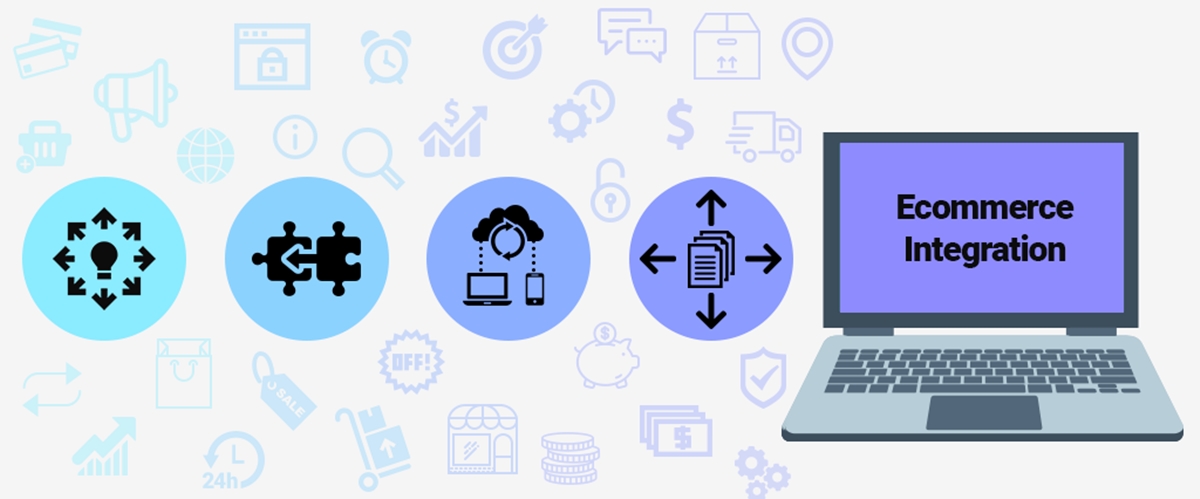
The average users can have access to all primary social media networks without any charges. So how do these networks keep operating? Well, their source of income comes from ad revenues from eCommerce businesses. Even though Facebook initiated integrating eCommerce into the experience, it was not successful.
Let’s see why! The interface appeared obliged, and instead of drawing the attention of the users, it began to frustrate them. What else? Overwhelmed with the idea, Facebook’s current average timeline seems more like a flood of ads than one filled with friends and family’s relevant posts. In contrast, Instagram’s integration of commerce in a simple way make it more sophisticated with its approach. Instagram includes an in-app payment feature and has mastered the tactic of selling things online.
Functions
Let’s check out how we can use each social network. So far, we have acknowledged that Instagram is strictly image or video-based, but there are more differences we may need to consider.
Throughout the informative Facebook Page, you can explore the information of a business in terms of business hours, an address, or upcoming events. Traditionally, Facebook has primarily centered on text because of its detail-drivenness. Thus, creating a profile on Facebook requires a longer time than it does on Instagram.
As Instagram is about capturing moments, the users do not visit Instagram to explore your company’s business hours or to comprehend whether their friends have been to your store or not. They use Instagram to engage. Therefore, you should get the most out of this platform to build your brand and succeed.
Facebook provides various options in terms of messaging, playing games, watching videos, and many more. On the other hand, Instagram narrows down the possibilities for you so that you will not get overwhelmed and can get concentrate on a few key features.
After you set up the Instagram app, you will get overwhelmed with content right away. Compared to Facebook, you will have a brand new experience using it because the content is strictly visual-based.
From Instagram, you can explore various ways to engage with stories or posts. Instagram users are generally seeing images and/or videos as posts or as Instagram stories. Despite the priority of account privacy of both networks, following your Instagram activity may be more complicated than Facebook. Compared to Facebook, Instagram also allows its users to comment and share. However, for Facebook users, they can show specific reactions to posts in addition to the typical “like.”
Marketing effectiveness

To give you a heads-up, we can state that Instagram is better for direct marketing: engaging with customers, spreading awareness, showcasing new products/services, comparison shopping, and influencer marketing.
Instagram is, indeed, as a powerhouse for the below 30 demographic, particularly teens. In contrast, Instagram is the best platform for visibility with older age groups provided that you are currently using paid ads. Besides, Facebook facilitates the process of funneling users to a third-party site like an online store. Instagram forbids the sharing of links in posts and comments, and any external links pop up only in your bio; the additional steps needed to reach your site make it challenging to increase traffic.
In general, Facebook strives hard to let you interact more personally and share content with the ones that you know. According to the study by Nashua, 40% of Facebook users prefer intimate connections rather than engage with companies. On the other hand, Instagram focuses on discovery and observation and less on interaction. However, Instagram’s engagement rate is significantly higher. Especially, Millennials regard Instagram as a style resource and a “heaven” for discovering new trends, exploring new artists, and getting constant updates from their favorite celebrities.
Instagram does better than Facebook in visually-dominant industries like fashion, beauty, interior design, architecture, photography, and celebrity news. Hence, Instagram may be perfectly suitable for influencer marketing and free exposure. Instagram users are more likely to actively searching for product recommendations. Facebook users, though, tend to overlook them.
Another benefit of using Instagram is customer engagement. A study by Nate Elliott reported that Facebook’s engagement rate was only 0.7%, compared to that of Instagram of up to 4.21%. Another study by Selfstartr provides another perspective when including more recent statistics, which showed only 32% of Facebook users regularly interact with brands, as opposed to 68% of Instagram users. They also indicated that brands get 58 times more engagement per follower on Instagram than Facebook.
A major explanation for that is due to the algorithm, Facebook followers may not even see the posts from the beginning. The study findings also pointed out that while Instagram brands reach all of their audience per post, while the figure is only 6% for Facebook brands. Perhaps it is the consumer behavior, or maybe Facebook’s new algorithm places restrictions on brands, or perhaps it is just the culture of each platform. No matter what it is, Instagram outperforms Facebook for getting a genuine back-and-forth with users.
Let’s take into consideration the existence of competition. The findings by Selfstartr also revealed that marketers on Facebook are approximately three times as many as that of Instagram (93% of marketers are on Facebook, while only 36% of them are using Instagram). A partial explanation is the feeling of brand fatigue on Facebook.
But perhaps the difference between marketing on Facebook vs. Instagram is best to understand by looking at performance over time. Organic marketing on Facebook has declined by 63% since 2012, while it’s increased 115% on Instagram at that same time. It seems the writing has been on the wall even before Facebook’s latest algorithm changes.
In terms of creating, tracking, and reporting paid social campaigns, you can turn to Facebook and Instagram. For any business, Facebook and Instagram can facilitate the task of tracking your ROI, and the synergy between the two platforms will provide you with necessary information regarding paid ads.
Marketers who want to see the performance of organic and paid campaigns all at once should check out Sprout. A user-friendly reporting suite allows you to obtain a birds-eye view of the performance of your content on Instagram, besides Facebook. Alternatively, you can also use UTM codes and shortened URLs to gain a better insight into the integrated impact of both platforms on your brand.
So which platform should you use for social media marketing?

Usage Statistics
According to the research firm eMarketer, Facebook lost as many as 2.8 million users under 25 in 2017, in the USA only. Never before this leading platform has ever witnessed such a notable decline in users, and the projected future for Facebook is not quite optimistic, either. On the contrary, Statista indicates a rise in active monthly users on Instagram from 600 million in December 2016, to 800 million in September 2017. Many experts are forecasting the possible dominance of Instagram.
Mobile Friendliness
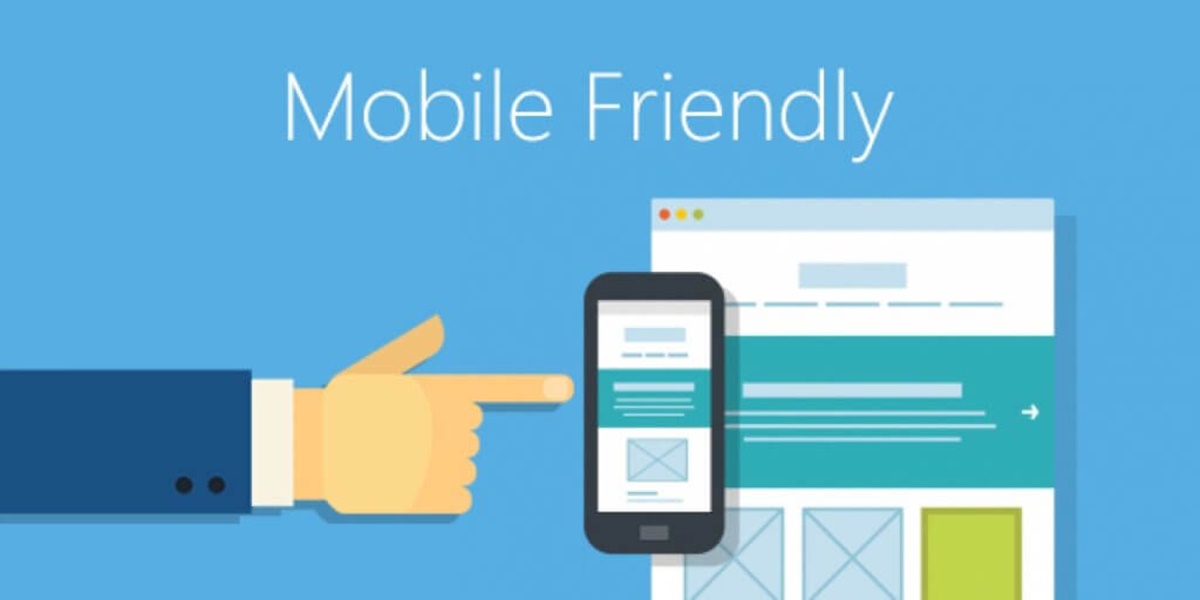
Because large-screen smartphones, iPads, and tablets are becoming a staple part of the common man’s lifestyle, mobile-friendliness can contribute to the success of a social media network. In this case, Instagram can outperform Facebook because of its better mobile-friendliness.
Story Integration
Both Instagram and Facebook did not invent the innovative idea of self-destructing stories. Snapchat was the one who did that. However, in terms of integration with its platform, Instagram could do better. The failure of Facebook lies in displaying the stories on the newsfeed and force-feeding them to the users via Facebook Messenger. Instagram, though, even succeeded in defeating Snapchat in the “stories” competition.
The Vibe
The vibe created by a platform is somehow a subjective matter. However, it may be safe to conclude that trolling has become a staple part of Facebook, and Facebook’s effort is not sufficient to control the same.
Instagram, though, may handle things better. It may be because of sheer luck or by design. However, it seems that the community requires a little more sophistication here and would not want any failure generated by trivia things.
The conclusion is that Instagram, somehow, provides its users with a little more positive and delightful experience. Nevertheless, given the fact that Facebook has 2.20 billion active monthly users compared to 800 million for Instagram, you can think of how giant Facebook still is.
How to maximize the effect of Instagram marketing?
Don’t abandon Facebook
Given its reach and strong focus on sharing, Facebook is still important to marketers; hence, you should not give it up yet. You can post diverse content and brand news, and the effectiveness of their paid advertising is more than Instagram’s. However, in terms of building a brand reputation and relationships with customers, you should choose Instagram.
Up the visual content
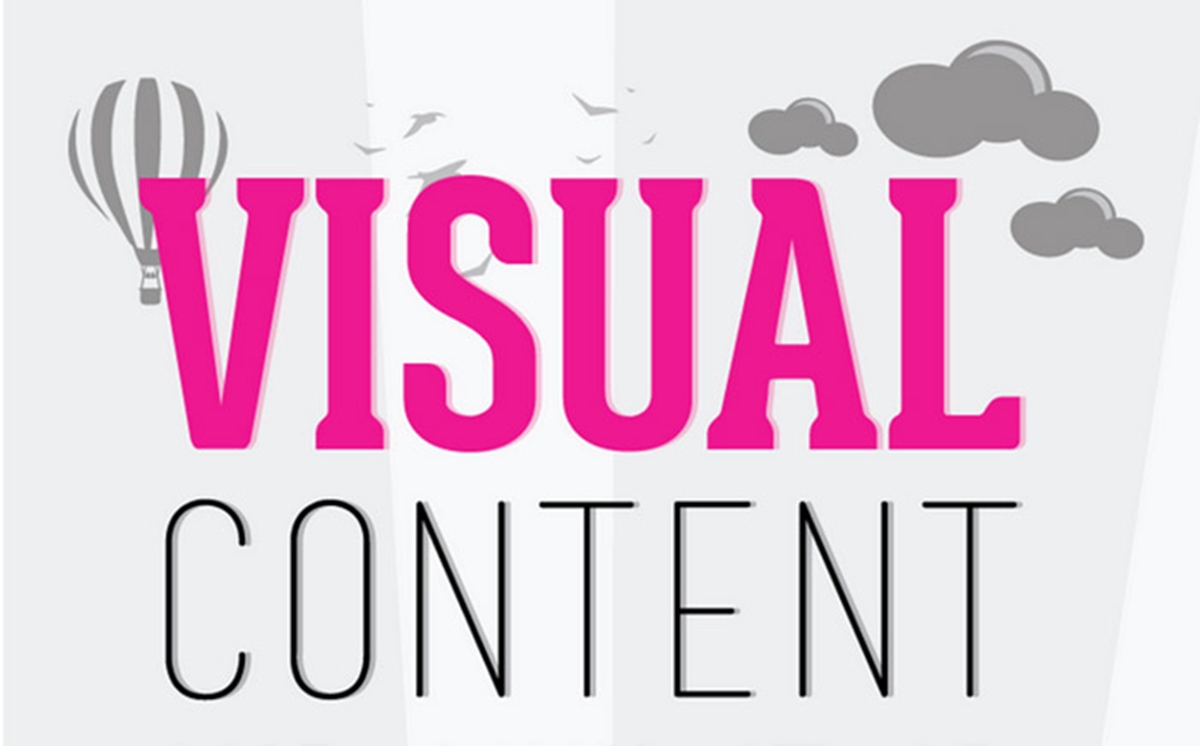
For both platforms, visuals can be more powerful than text, it is fundamentally crucial on Instagram. Facebook tends to focus more on text-based posts like blog articles or novella-length status updates; however, for Instagram, an eye-catching image is vital to a great performance.
Create original content
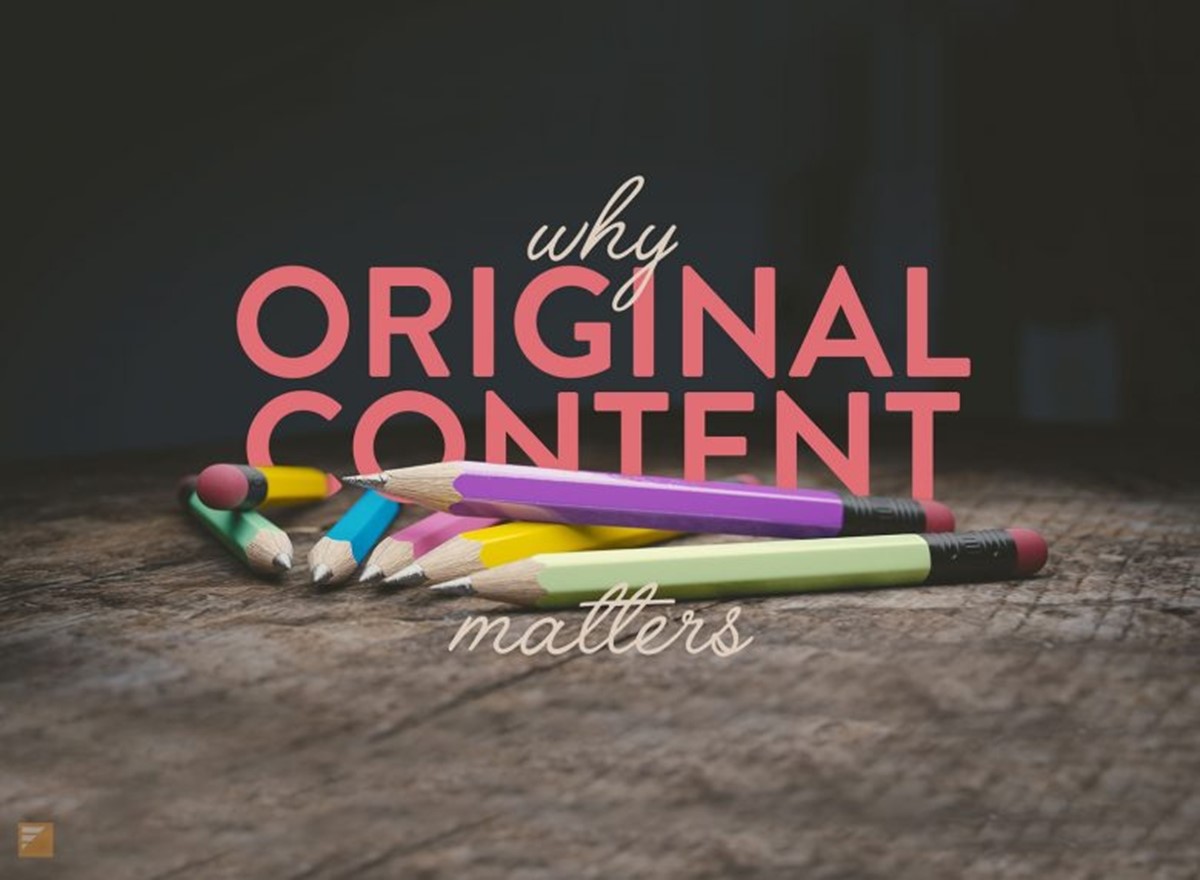
On Facebook, you can post or share other works easily. In contrast, on Instagram, unless the content you share is a picture you purchased from the another person’s work, then you are not allowed to do that. Instagram prioritizes the originality of images, therefore, you should put more time and effort in creating strong and original content.
Go heavy on the hashtags
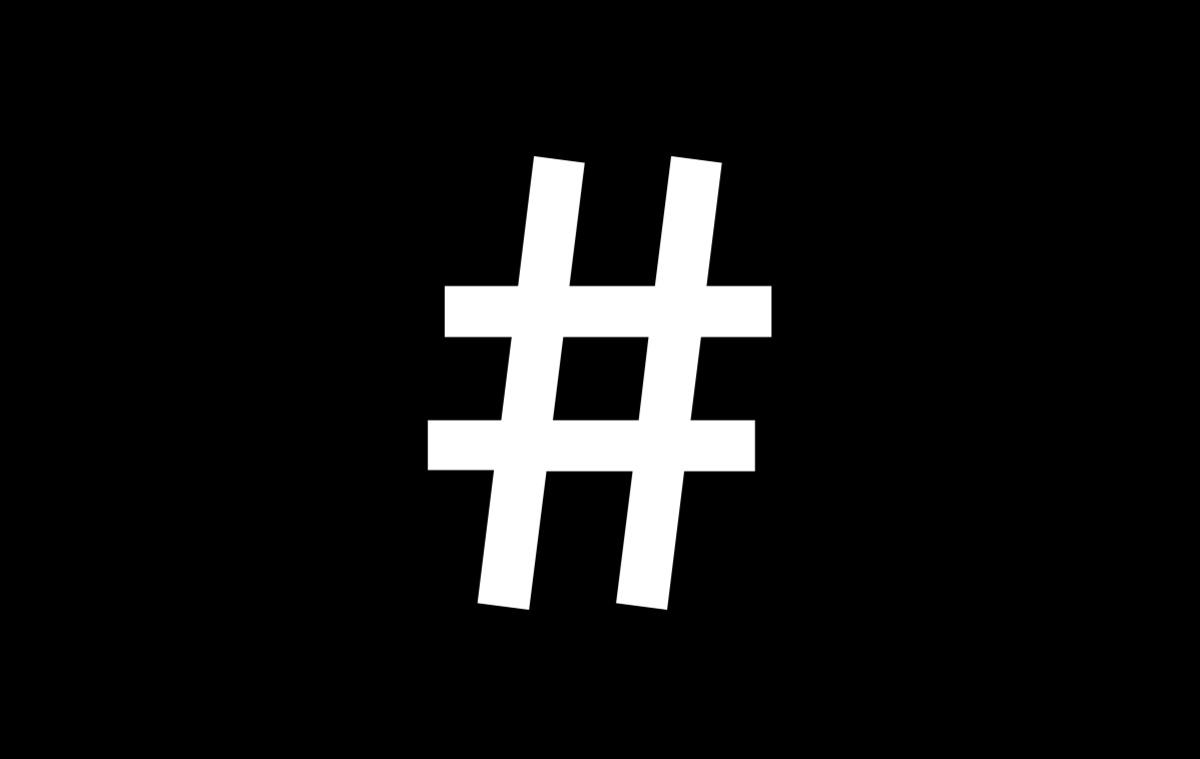
Even though you can not directly target user groups on Instagram, hashtags are ideal tools. By listing all the relevant hashtags, you can allow your post to get viewed by the right audience. There are up to 30 hashtags included in the description, but on your post, you can always insert more in a comment.
Create contests
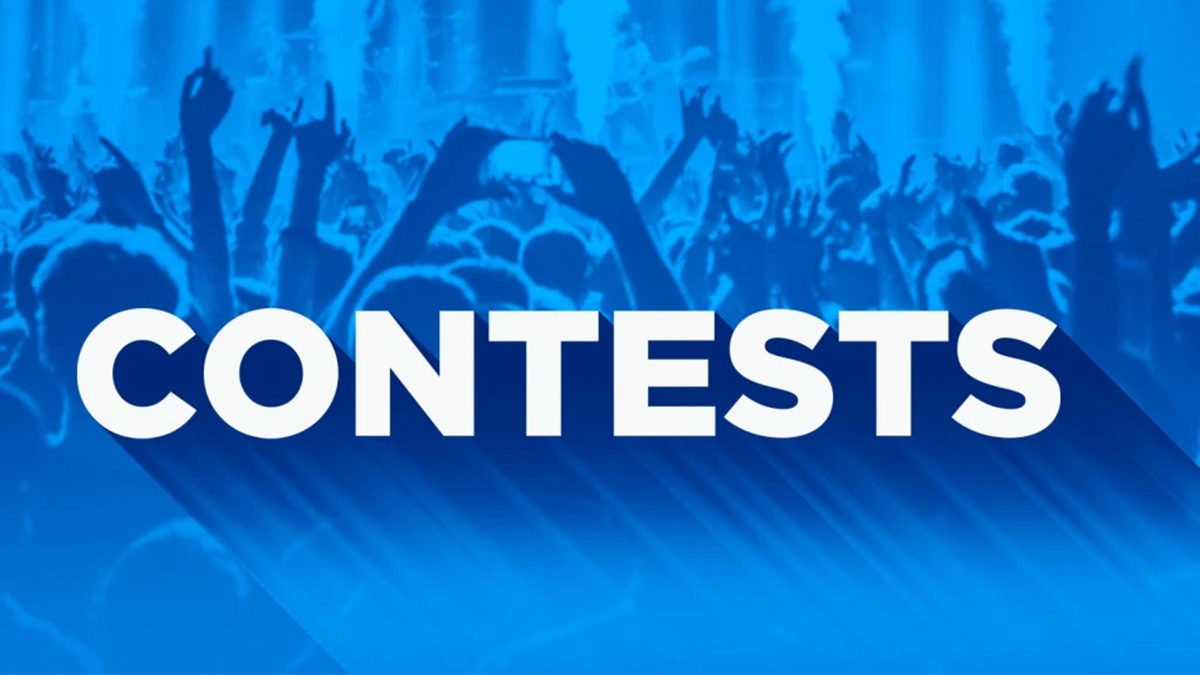
For boosts in engagement, contests are ideal. Therefore, you can get the most out of an Instagram photo contest. With users promoting your brand in their pictures is free advertising, so you should always make an original hashtag for the campaign.
Work with consistent themes
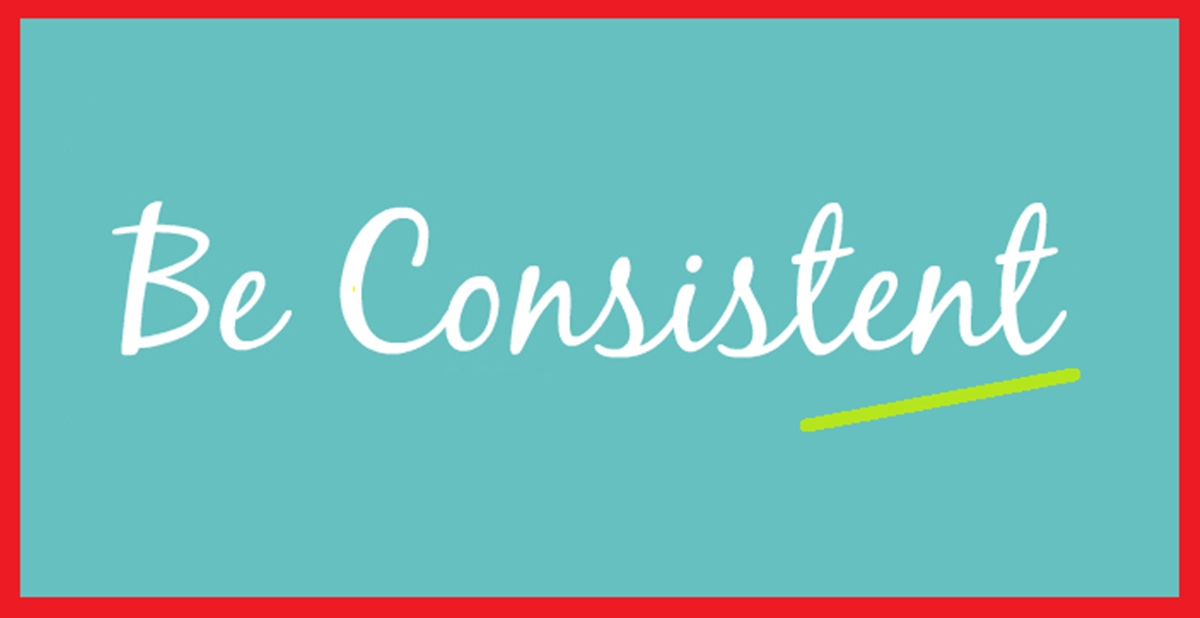
Because niche targeting is important on Instagram, you should choose a specialized theme and adhere to it. Provided that the theme is engaging, the more you specialize, the better. Once you have found your niche, you can dig deeper into it.
Optimize your bio and description
The importance of your Instagram bio and description are undeniable. Aside from your site URL, you should also add a slogan, a brief elevator pitch, and your most relevant hashtags. What’s more, bear in mind that you should not use your logo as your profile photo.
Last words
To avoid the risk of putting all the eggs in one basket, you should diversify by taking advantage of both Facebook and Instagram simultaneously and create a competitive edge.
Facebook’s paid advertising is, yet, powerful somehow. It can reach older groups of audiences than Instagram. Besides, as you can post links to anywhere, Facebook is also a better gateway to external sites or online stores. Nevertheless, in terms of direct customer engagement and building your brand identity, Instagram can do better. Not only that, for the below 30 groups, the platform provides more direct access.
If the trends proceed like this, Instagram may take over its parent company-Facebook in terms of advertising very soon and perhaps even in the number of users. However, Facebook is currently a suitable place for any marketers. Abandoning Facebook right now is not a wise choice, but from now on, you should develop your Instagram presence as well.
New Posts






